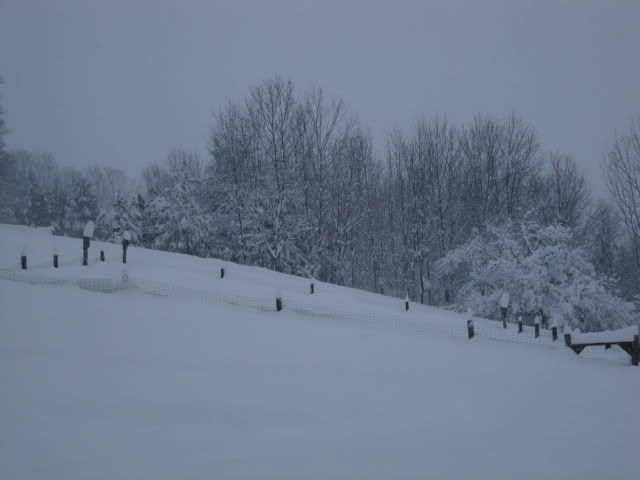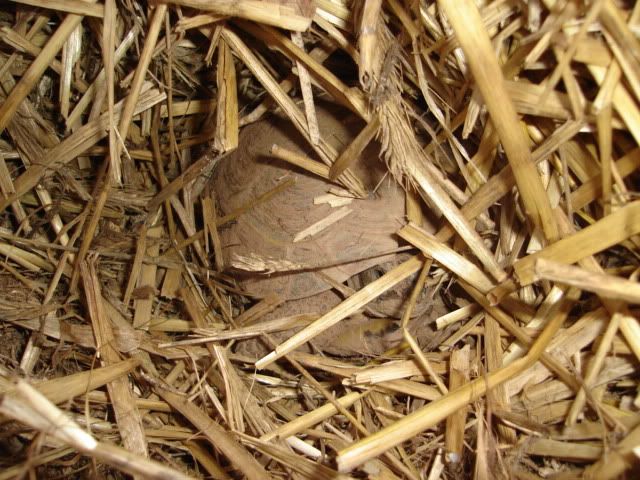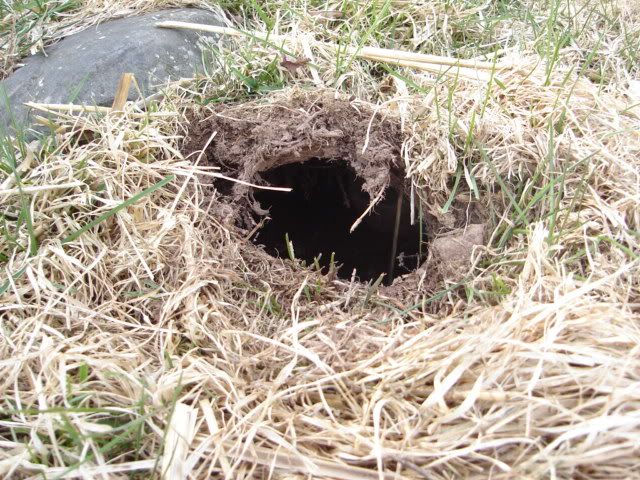- Joined
- Jan 1, 2010
- Messages
- 139
Hi everyone! I just have a couple questions about hibernating Russians. I am thinking about doing it next year. I am particularly interested in outdoor hibernation. I want to know how it's done, or if it even can be done were I live (Ohio). The reason I am asking so early is I am building an outdoor enclosure soon and I am wondering if there is anything special I need to do to accommodate hibernating Russians.


